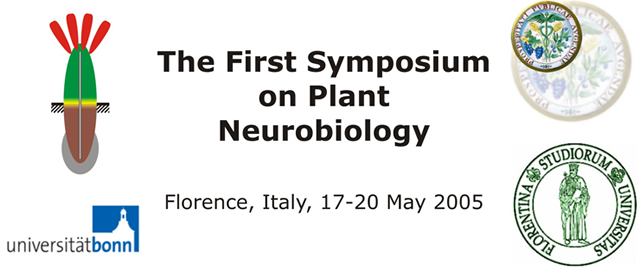|
The best-known secretory models in plants appear more closely allied
to the idea of constitutive secretion. In contrast with the events of neurotransmitter
release, in each of these cases secretion is prolonged or continuous, rather than transient; the secretory
event is not preceded by a large accumulation of vesicles beneath the target membrane; and the exocytotic
fusion does not appear tightly coupled to endocytosis and vesicle recycling. Nevertheless the secretion in
plants is frequently targeted to specific regions of the cell or triggered by external stimuli, and now there
is growing evidence pointing to vesicle pools that are released on stimulation.
Specific interactions
between SNAREs, regulated by specific GTPases (Rab proteins), represent a central event of vesicular traffic
and modulate secretion. SNAREs study, carried out essentially with biochemical approaches, presents great
difficulties because the specificity found in function and localization does not correspond to an equivalent
differentiation of chemical and physical characteristics. All SNAREs share, to a certain extent, unspecific
affinity for each other.
Ten different syntaxins seem to contribute to the last steps of exocytosis and
endocytosys. Their role is far from being fully characterised.
Nicotiana tabacum
Syntaxin 1 (Nt-Syr1 or SYP121) is a SNARE protein required for ABA control of ion channels and it seems to be
involved in exocytosis. In fact the expression of a dominant negative fragment of Nt-Syr1 indicated that this
syntaxin mediates the traffic between the Golgi complex and the plasma membrane.
Using the approach of
dominant negative mutants, we proved that this syntaxin is involved in a secretory process independent from
the constitutive secretion of cell wall polysaccharides.
By analogy, we expect this process to be
essentially the same known in the synaptic transmission but used by plants for rapid variations of the plasma
membrane surface (stomata movements and turgor). To study the sorting and recycling of this protein, we
generated a collection of GFP-tagged variants. Even if GFP tagged SYP121 appeared to be localised essentially
on the plasma membrane, other variants suggested that this protein was anchored on internal membranes and then
sorted to the plasma membrane. These GFP-tagged variants may allow to visualise post-Golgi intermediate
compartments of post-transcriptionally regulated secretory events, in this case ABA dependent. The pool of
secretory vesicles ready to answer ABA stimulus and controlled by the tSNARE SYP121, could also assemble in
structures similar to the secretory granules described in the animal systems but never observed in plants.
|

